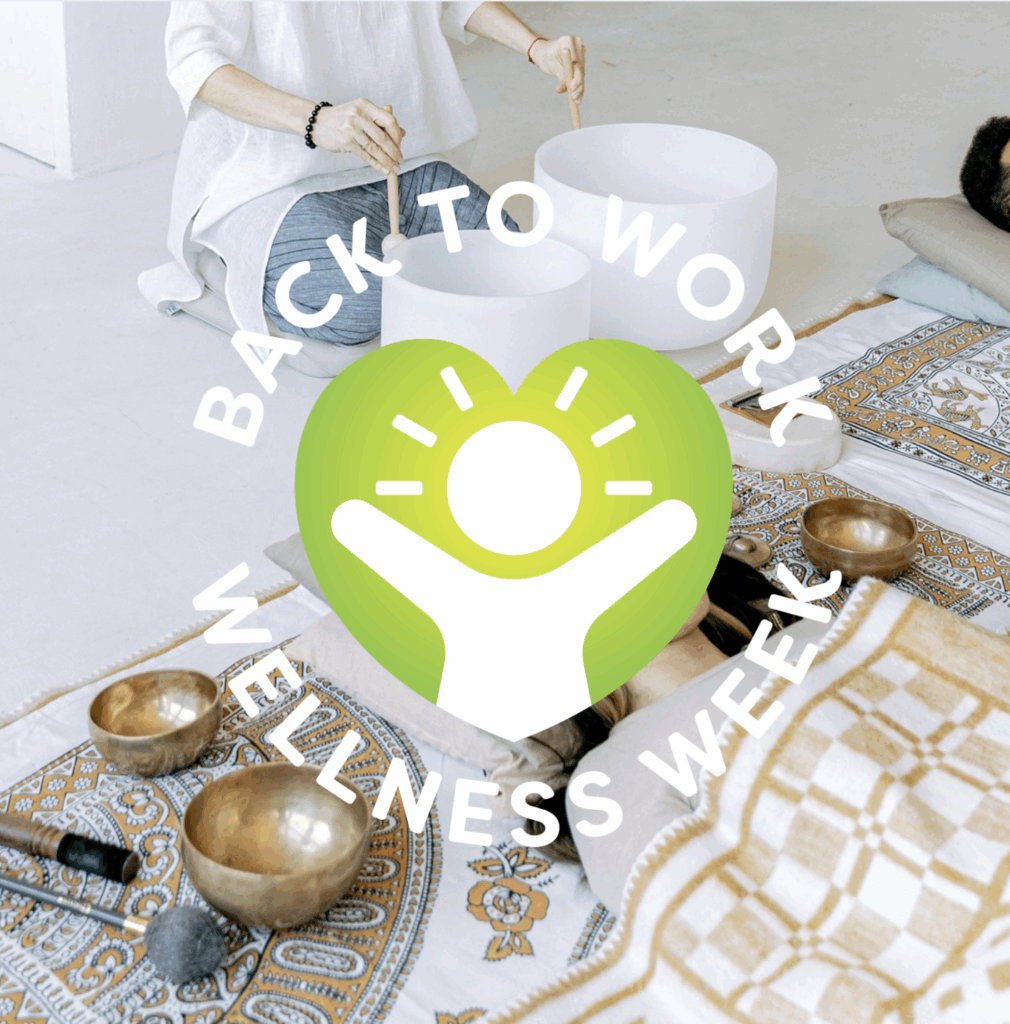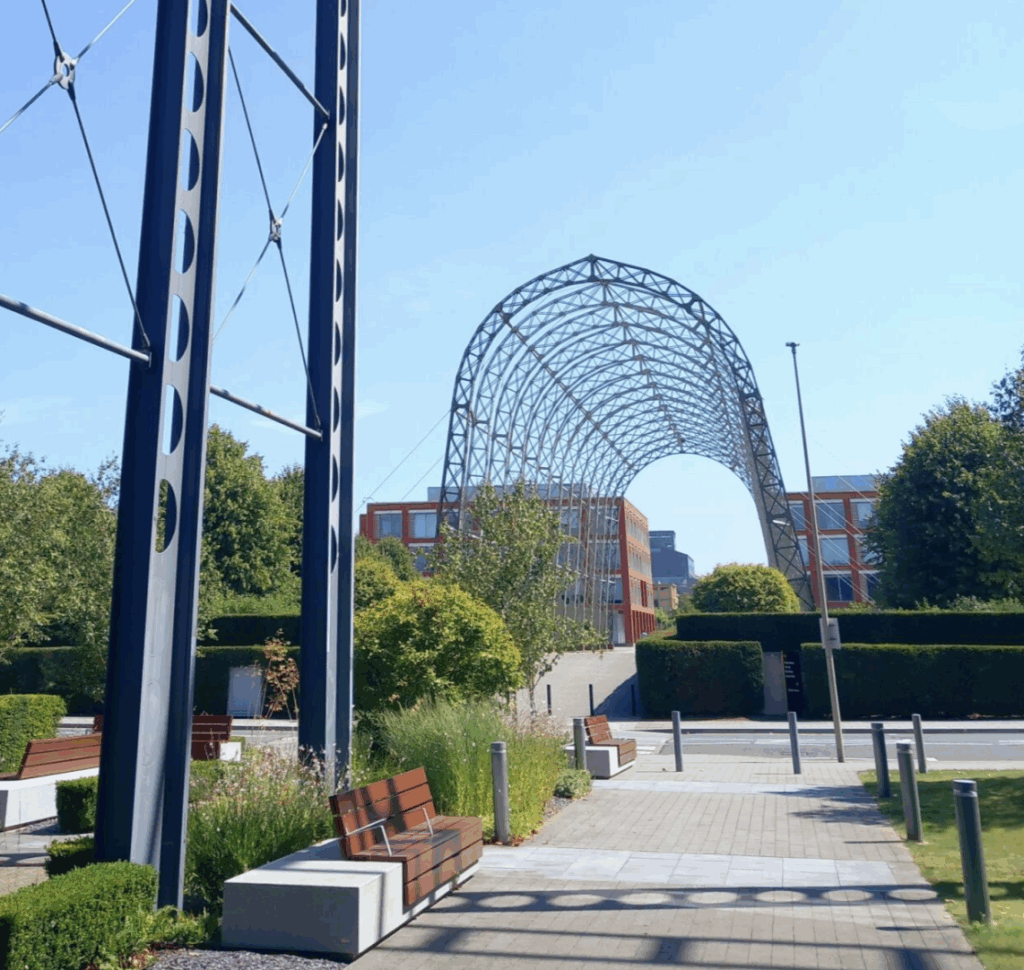Hot-desking has changed the face of rented workspace management by creating flexible seating arrangements. Employees choose their workstations on a first-come, first-served basis. By eliminating the concept of permanent, personal desks, it allows for a more fluid and adaptable environment, potentially accommodating more workers within a space. Read on to learn how hot-desking could work for your business.

Flexibility and sustainability
The allure of hot-desking lies in its promise of flexibility and sustainability. This approach can cater to all kinds of businesses from fledgling startups to well-established organisations. By offering a variety of work areas, such as quiet zones for focused tasks and collaborative tables for team projects, hot-desking creates a dynamic environment that adapts to diverse needs and preferences.
This flexibility extends beyond space allocation. Hot-desking can stimulate a more agile work culture, encouraging cross-departmental interactions. It’s particularly beneficial for companies with employees who frequently work remotely or have varying schedules, as it makes the most of space and promotes a more fluid work environment.
The sustainability benefits extend to maintenance costs as well. With a more efficient use of workspace for rent, cleaning and upkeep expenses can be significantly reduced, contributing to a more cost-effective operation.
The case for traditional workspaces
All that said, the appeal of traditional office setups still endures. Many workers value the sense of belonging and personalisation that comes with having a dedicated desk. Personal spaces allow employees to create comfortable, familiar environments that can enhance productivity and job satisfaction. For some, the security of knowing exactly where they’ll be working each day provides a sense of stability in an otherwise fast-paced professional world.
Importantly, traditional office layouts offer simplicity in space management. With assigned desks, it’s easier to:
- track occupancy
- maintain cleanliness
- and ensure that each employee has access to necessary resources
This straightforward approach can be appealing to businesses that prioritise routine and structure in their daily operations.
Collaboration conundrum: balancing team dynamics
The impact of different office layouts on team dynamics and collaboration is another crucial factor to consider. Hot-desking can foster a more fluid and interconnected work environment, encouraging spontaneous interactions between colleagues who might not otherwise cross paths. This serendipitous mixing can lead to fresh ideas and cross-pollination of knowledge across departments.
Conversely, traditional setups with dedicated team spaces offer consistent proximity, which can be invaluable for projects requiring ongoing collaboration. The familiarity of working alongside the same colleagues each day can build stronger team bonds and facilitate smoother communication. Balancing these aspects is key to creating an environment that promotes individual focus and team synergy.
Grade-A office space in the perfect working environment
At Farnborough Business Park, we provide grade-A office workspace for rent in the perfect working environment for switched-on businesses. Our offices have been refurbished to exceptionally high standards and are home to a diverse range of businesses, from start-ups to international headquarters. To learn more, get in touch with us today.
Other news and articles

We’re easing our community into work after the summer break with our Wellness Week from Monday 8 to Friday 12 September and a focus on wellbeing, to help refresh and refocus you for the next big productivity push.

This summer, we invited our occupiers to see the park through a new lens with our Mobile Phone Photography Workshop. The session was all about giving people the skills and confidence to get creative with just their phone cameras — and it’s safe to say, the results were fantastic!

The evolution of working culture has recently escalated, with the influence of smart working allowing us to redefine our workspaces and achieve a better work-life balance.
Technology and the tools we use for work are also playing a big part in the change to a smarter working environment in the modern office space, so let’s look at what smart working actually means and how it can benefit your business.